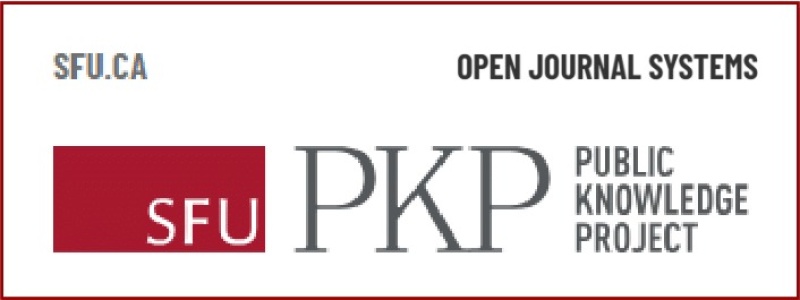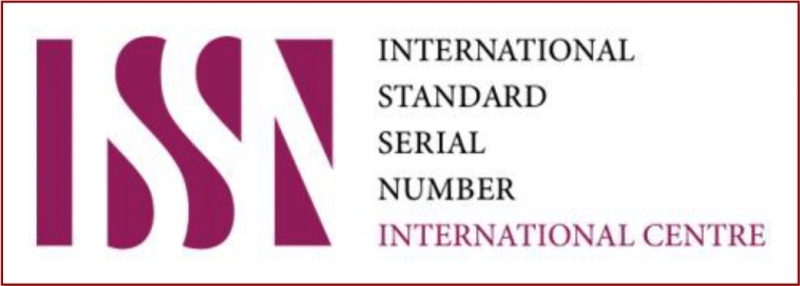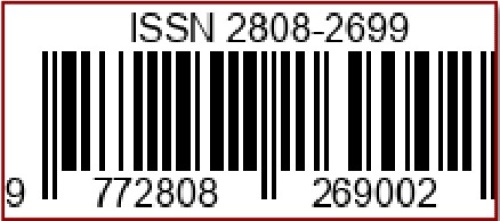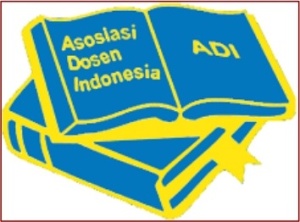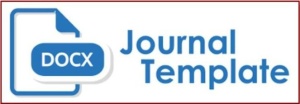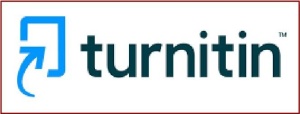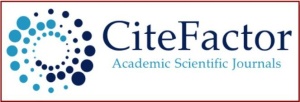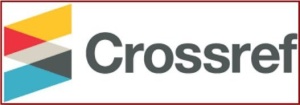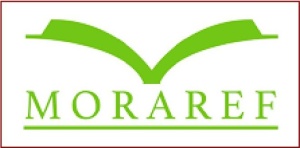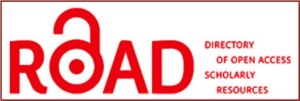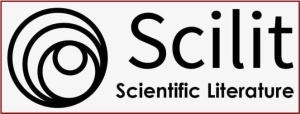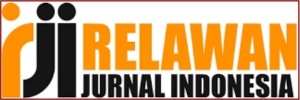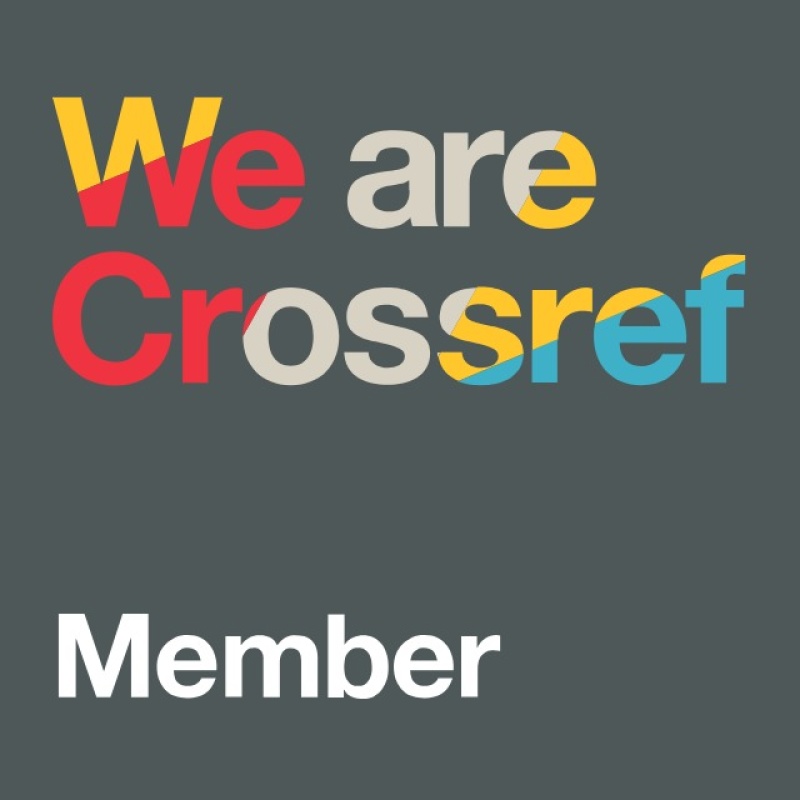Analisis Kemampuan Penalaran Matematis Siswa MTs. NW Senyiur terhadap Kemampuan Pemahaman Konsep Matematika
DOI:
https://doi.org/10.36312/ejiip.v1i1.32Keywords:
Analysis, Mathematical Reasoning, Concept Understanding.Abstract
The aims of this study are: 1) to describe the ability to understand concepts through students' mathematical reasoning on the Cube and Block material; and 2) to determine the relationship between the mathematical reasoning abilities of MTs. students NW Senyiur with the ability to understand the concept of Cube and Block material. This research is a qualitative descriptive study conducted on 25 MTs. students NW Senyiur on the material of cubes and blocks. Data on students' mathematical reasoning abilities were collected through Mathematical Reasoning Tests (non-routine questions), while students' conceptual understanding abilities were collected through Concept Understanding Tests (routine questions). The two tests given each consist of 2 questions. In addition, interviews were conducted to collect more complete information from the sample that had been studied. Research data were analyzed by Pearson Product-Moment Correlation Test. The results of this study indicate that: 1) the average grade IX MTs. students NW Senyiur has good reasoning ability and conceptual understanding; and 2) there is no relationship between mathematical reasoning ability and concept understanding ability of grade IX MTs. students NW Senyiur on the material of cubes and blocks. The magnitude of the significant value that exceeds the provisions and the standard significance value is > 0.05, then there is no significant correlation (H0 is accepted). Thus, it can be concluded that, in this study, there is no relationship between mathematical reasoning abilities and students' conceptual understanding abilities.
Downloads
References
Abdurrahman, M. (2010). Pendidikan bagi Anak Berkesulitan Belajar. Jakarta: PT. Rineka Cipta.
Bani, A. (2011). Meningkatkan Kemampuan Pemahaman dan Penalaran Matematik Siswa Sekolah Menengah Pertama melalui Pembelajaran Penemuan Terbimbing. Thesis. Universitas Pendidikan Indonesia.
Direktorat Jenderal Pendidikan Dasar dan Menengah. (1999). Pengelolaan Pembelajaran yang Efektif (Materi Pelatihan Calon Kepala Sekolah). Jakarta: Departemen Pendidikan dan Kebudayaan.
Hayat, B., & Yusuf, S. (2010). Benchmark Internasional : Mutu Pendidikan. Jakarta: PT. Bumi Aksara.
Hudojo, H. (2005). Pengembangan Kurikulum dan Pembelajaran Matematika. Malang: UM Press.
Jonassen, D. H. (2004). Learning to Solve Problem : An Instructional Design Guide. San Fransisco: John Wiley & Son, Inc.
Joubish, M. F., & Khurram, M. (2011). Cognitive Development in Jean Piaget’s Work and its Implications for Teachers. World Appl Sci J, 12(8), 1260-1265.
Mardapi, D. (2004). Pengembangan Sistem Penilaian Berbasis Kompetensi. Makalah. Yogyakarta.
Novitasari, R. D., Wijayanti, A., & Artharina, F. P. (2019). Analisis Penerapan Penguatan Pendidikan Karakter sebagai Implementasi Kurikulum 2013. Indonesian Values and Character Education Journal, 2(2), 79-86. https://doi.org/10.23887/ivcej.v2i2.19495
Parker, S. (2006). Principles and Practice. New York: SAGE Publishing.
Sanapiah. (2014). Penggunaan Bahan Ajar Berbantuan Ilustrasi Visual untuk Meningkatkan Kemampuan Pemecahan Masalah Matematika Siswa SMP Negeri 15 Mataram. Malang: UM Digital Repository.
Shadiq, F. (2009). Kemahiran Matematika. Yogyakarta: Pusat Pengembangan dan Pemberdayaan Pendidik dan Tenaga Kependidikan Matematika.
Sukmadinata, N. S. (2011). Metode Penelitian Pendidikan. Bandung: PT. Remaja Rosdakarya.
Sultan, A., Khan, F. U., Iqbal, H., Khan, M. A., & Khan, I. U. (2010). Evaluation of Chemical Analysis Profile of Citrullus colocynthis Growing in Southern Areas of Khyber Pukhtunkhwa Pakistan. World Applied Sciences Journal, 10(4), 402-405.
Sumartini, T. S. (2015). Peningkatan Kemampuan Penalaran Matematis Siswa Melalui Pembelajaran Berbasis Masalah. Mosharafa : Jurnal Pendidikan Matematika, 5(1), 1-10.

Downloads
Published
How to Cite
Issue
Section
License
Copyright (c) 2021 Zainal Abidin

This work is licensed under a Creative Commons Attribution-ShareAlike 4.0 International License.
-
Attribution — You must give appropriate credit, provide a link to the license, and indicate if changes were made. You may do so in any reasonable manner, but not in any way that suggests the licensor endorses you or your use.
-
ShareAlike — If you remix, transform, or build upon the material, you must distribute your contributions under the same license as the original.

